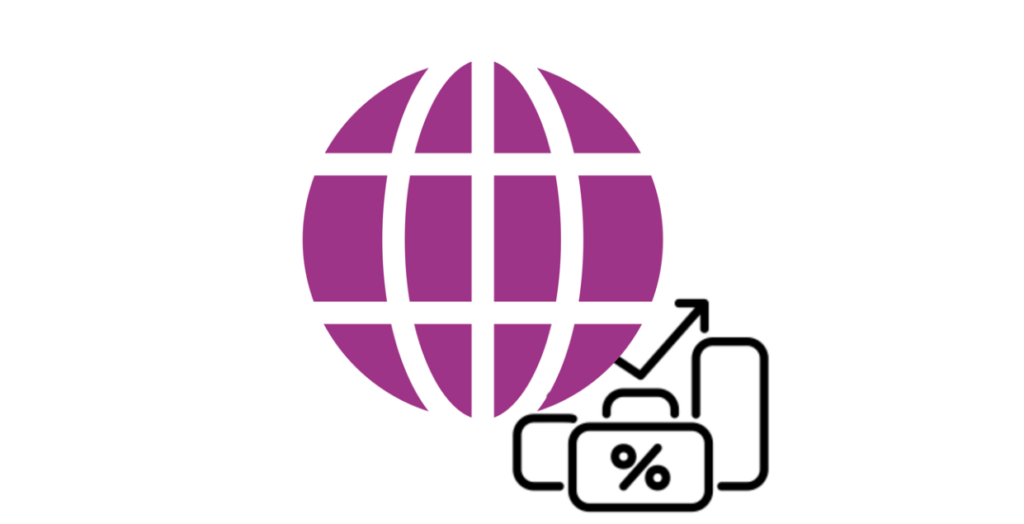Introduction
In the ever-evolving landscape of web development, Progressive Web Apps (PWAs) have emerged as a promising solution to bridge the gap between traditional websites and native mobile applications. These innovative web applications combine the best of both worlds, offering a host of advantages along with some potential drawbacks. In this article, we’ll explore the pros and cons of Progressive Web Apps to help you understand their place in the digital ecosystem. In this blog we will discuss the Pros of Progressive Web Apps:

The Pros
- Cross-Platform Compatibility: PWAs are designed to work seamlessly across multiple platforms and devices, including smartphones, tablets, and desktops. This means you can reach a broader audience without the need to develop separate apps for each platform, reducing development time and costs.
- Offline Access: One of the standout features of PWAs is their ability to function offline or in low network conditions. They use service workers to cache essential resources, allowing users to access content and functionality even when they’re not connected to the internet. This improves user engagement and ensures a consistent user experience.
- Fast Loading Speed: PWAs are known for their blazing-fast load times. By caching assets and optimizing performance, they provide a snappy user experience, reducing bounce rates and increasing user satisfaction.
- Improved User Engagement: Thanks to features like push notifications, PWAs can re-engage users and drive more frequent visits. This leads to increased user retention and better conversion rates, making them a valuable tool for businesses.
- >No Installation Required: Unlike native apps, PWAs can be accessed directly through a web browser, eliminating the need for users to download and install them from an app store. This frictionless experience increases the likelihood of users engaging with your application.
- Cost-Effective Development: Developing a PWA typically requires fewer resources and less time compared to building separate native apps for different platforms. This makes PWAs a cost-effective solution for start-ups and businesses with limited budgets.
The Cons
Now, let’s look at some cons of Progressive Web Apps:
- Limited Native Device Access: While PWAs have made significant strides in bridging the gap between web and native apps, they still have limitations in accessing certain device functionalities like hardware sensors, Bluetooth, and some advanced features that native apps can tap into.
- Browser Compatibility: Not all web browsers fully support PWA features, which can limit the effectiveness of your application on certain platforms. While major browsers are improving their PWA support, it’s essential to consider compatibility when targeting a broad audience.
- Limited Presence on App Stores: PWAs may not enjoy the same visibility as native apps on app stores like Google Play or the Apple App Store. This can impact your app’s discoverability and hinder its reach to a wider audience.
- Storage Constraints: PWAs rely on caching resources locally, which can consume storage space on users’ devices over time. It’s crucial to manage this storage efficiently to prevent potential issues.
- User Trust and Security Concerns: Since PWAs are accessed through web browsers, users may have concerns about security and privacy. It’s essential to address these concerns and implement security best practices to build trust with your audience.
The Conclusion
In conclusion, Progressive Web Apps offer a compelling solution for businesses and developers seeking a balance between web and native app experiences. While they come with several advantages such as cross-platform compatibility, offline access, and cost-effective development, they also have limitations related to device access and browser compatibility. To make an informed decision, consider your specific project requirements, target audience, and the trade-offs between PWAs and native apps. With the right approach, PWAs can be a powerful tool to enhance user engagement and expand your digital presence.

The References
Google Developers – “Progressive Web Apps”
Mozilla Developer Network – “Progressive Web Apps”
Haider Sarmad
I am a motivated Software Engineer who has graduated from the University of Ontario Institute of Technology. I possess a solid knowledge of programming language and software design; and have experience providing high-level technical direction to drive projects from conception to completion deployment.

